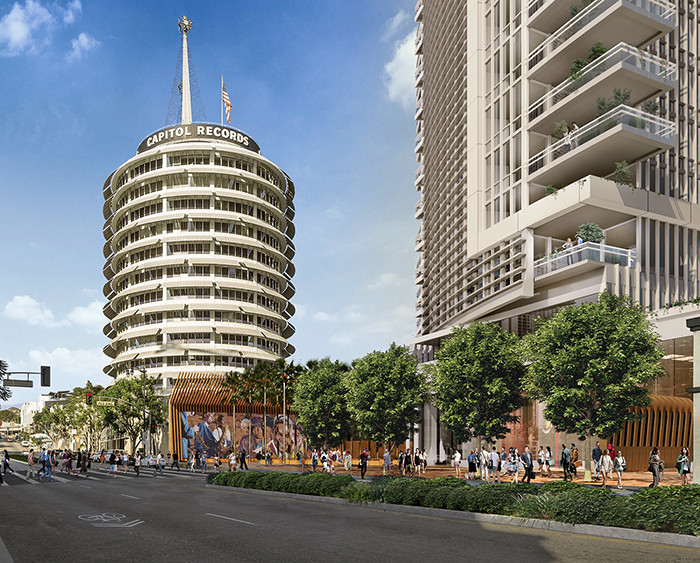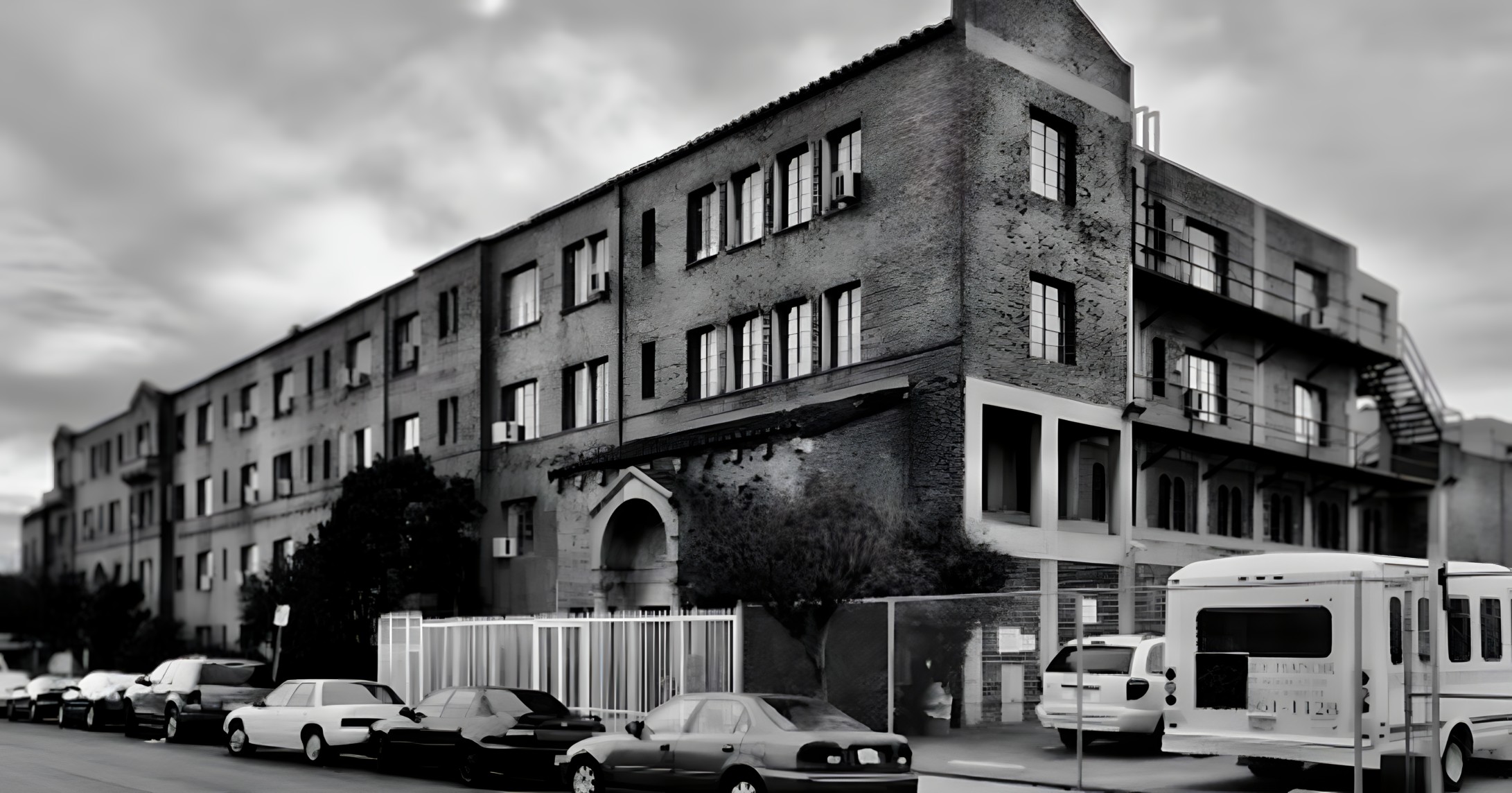Wave Wire Services
LOS ANGELES — A coalition of local stakeholders voiced their opposition July 22 to a plan to develop two skyscrapers near the Capitol Records Building in Hollywood, after recent geological studies showed earthquake-causing fault lines run through the proposed site.
Attorneys for the Stop the Millennium Hollywood Coalition said they believe the most recent environmental reports that developer Millennium Partners submitted to Los Angeles planning staff left out critical data related to possible earthquakes.
“We have much more evidence, in fact bombshell evidence, that the project site … is riddled with earthquake faults,” said Robert Silverstein, the attorney for the Stop the Millennium Hollywood. “If Los Angeles City Hall has any integrity, it will listen to the preeminent United States Geological Survey and California Geological Survey and not approve Millennium’s dangerous new proposal.”
A letter from the California Geological Survey last week to the city Planning Department said scientists found multiple fault lines capable of causing an earthquake where the development — named the Hollywood Center — is planned.
“These studies strongly support the presence of an active southern fault strand entering the eastern Hollywood Center property in the vicinity of the alley at Argyle,” the letter from the California Geological Survey said.
The U.S. Geological Survey on May 8 issued its own peer-reviewed analysis of the Hollywood Fault zone in the immediate area of the proposal that analyzed multiple seismic datasets and models, all of which showed near-surface fault traces of the Hollywood Fault in the same locations, the California Geological Survey stated in the letter.
The U.S. Geological Survey study showed four fault projections that run through the area where the buildings are proposed, with some going directly through the planned sites.
The plans for the development by Millennium Partners include a 46-story building to the west of the Capitol Records Building and a 35-story structure to the east. It also includes two other smaller buildings that would be 11 stories each.
The developments altogether would include 1,005 residential units, comprising 872 market-rate and 133 senior affordable units, and up to 30,176 square feet of commercial uses within the four mixed-use buildings, according to the city Planning Department.
Philip Aarons, a founder of Millennium Partners, said in a statement provided to City News Service that he disputes the state’s conclusions in the letter, as he has in the past.
“It is clear that the data relied upon by the state is significantly inferior in quality to the data acquired from the extensive trenching done on our site,” Aarons said. “We will continue to work diligently with the city to review any and all data with the goal of assuring the construction of the most seismically safe structure in the history of Los Angeles.”
Millennium Partners stated on its website that it is hoping to start construction on the Hollywood Center by 2022.
Aarons said a new study was conducted for the latest environmental review process of the project and it found no active fault lines beneath the proposed site, and he said the California Geological Survey was on site during the investigation.
“The project site has been subject to the most extensive geotechnical testing of any property in Hollywood,” Aarons said. “From 2012 to 2019, seven fault investigations were performed. In each and every case those studies have come to the conclusion that there is no active fault on the project site.”
Aarons also said the company has asked its geological consultants to review the recent letter from the California Geological Survey and analyze its assertions.
The arguments over whether the site is safe to build the skyscrapers go back to 2013, when the Los Angeles City Council approved the projects. But it has been challenged in court multiple times by the coalition.
The most recent decision came from the U.S. Court of Appeals in September, which deemed the that the draft environmental reports for the project violated the California Environmental Quality Act because the project description was not stable and finite.
A new 13,000-page environmental impact report was published for public comment by the city Planning Department on April 16 and closed June 1, and people may not have been able to adequately comment due to the COVID-19 pandemic, Silverstein said.
A final environmental impact report will be made available during public hearings before the City Council, the City Planning Commission and the council’s Planning and Land Use Management Committee, Millennium Partners stated on its project website.











